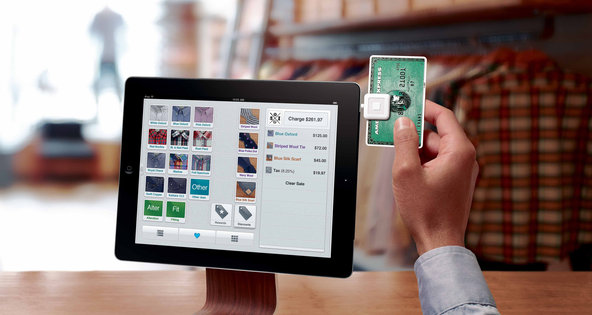Dashboard
A weekly roundup of small-business developments.
As we close the books on the first half of 2013, here are a few links to some of the most useful small-business articles and posts I have read this year. I hope they are as meaningful to you as they have been to me.
The Economy
Matthew Yglesias complained that economists use shoddy data, and Robert Frank explained why millionaire investors are still holding on to their money.
Management
Eric Barker listed 10 things you can do to improve your everyday life. Brad Farris said that giving honest, immediate feedback is a leader’s first job — and also offered some suggestions on what to do when you’ve lost your business-owner passion. Karen Vitale gave advice to her 20-year-old self, and Mikey Rox listed 25 ways to boost creativity.
Social Media
Here’s the best story I have read about Yelp: Is the review site a bully — or just misunderstood? Amanda Jacobs had a few tips for managing your social media in just 20 minutes a day, and Jill Konrath provided an example of a LinkedIn strategy that pays off.
Entrepreneurship
Twitter’s Jack Dorsey had some sound advice for what to do when you have an idea: “Get it out of your head and start working on it.”
Human Resources
Both Jeff Schmitt and Alex Befekadu gave their views on employees to avoid, and Amanda MacArthur suggested five methods to increase employee loyalty and reduce turnover.
Finance
Matthew Toren outlined seven steps to ensure a successful crowdfunding campaign, and Joe Taylor Jr. offered advice for building a profitable banking relationship.
Cash Flow
Kathy Davis listed 10 ways to increase small-business profits and productivity. Jon Stow suggested a few common purchasing mistakes you may be making. And if you’re a seasonal business owner, Rohit Arora said you should make cash-flow projections part of your financial planning.
Start-Up
Kevin D. Johnson believes “the potential for attaining greatness is in creating new markets,” and Margie Warrell thinks you should take a risk because the odds are better than you think.
Retail
Nathan Hanks suggested five ways to win when serving local businesses, including: “Live amongst your customers.” And David Lipson had a few great tips for cutting expenses in your restaurant.
Red Tape
Pete Wise listed five legal myths small-business owners should avoid, including this one: “I don’t need a lawyer.” And David Bier explained how immigration creates economic benefits.
Marketing
Freshdesk’s marketing and communications manager, Sairam Krishnan, explained how his company finds and keeps stellar customer service reps, and Casey Newman explained why data is at the heart of marketing’s future.
Online
Dana Prince wrote that the “opt out rate” is just one of five important online metrics to watch closely, and Jayson DeMers explained how to build an online community around your business.
Mobile
Tobin Dalrymple suggested five ways to publish content on mobile and build your brand.
Technology
Daniel Saks said there were five things to consider when choosing small-business apps, and Carl Bass distinguished the myths from the truths of 3D printing.
Gene Marks owns the Marks Group, a Bala Cynwyd, Pa., consulting firm that helps clients with customer relationship management. You can follow him on Twitter.
Article source: http://boss.blogs.nytimes.com/2013/07/01/this-week-in-small-business-half-time-report/?partner=rss&emc=rss

